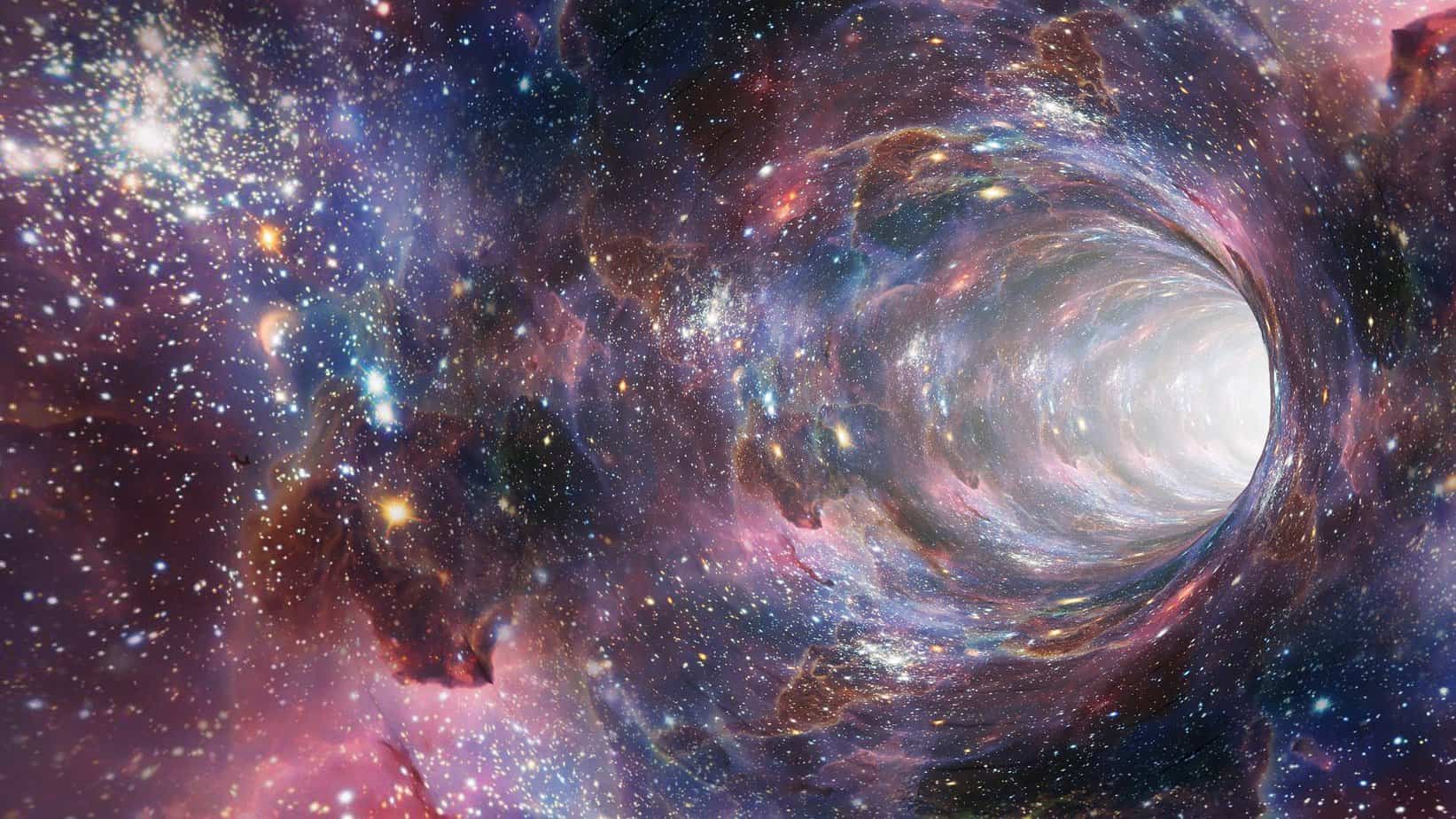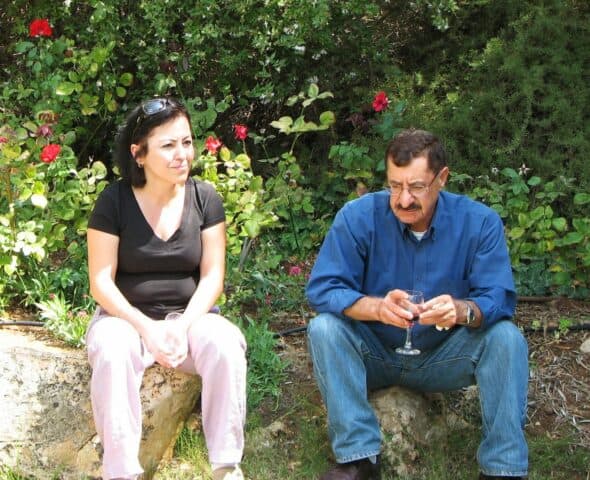What’s the story of black holes?
Prof. Oren Harman | 31.05.2022 | Photo: Pixabay

A black hole is born of death. The gravity of a massive star collapsing into itself is such a strong force that not even light can escape it; hence the name of the phenomenon. But even though black holes originate in death, the search for them is one of the most exciting signs of life on earth: humanity’s passion to understand the universe and its place in it.
To where does the universe’s information disappear?
It was Einstein’s theory of general relativity that predicted that a body with dense enough mass could distort space-time and create a black hole. But a black hole creates what physicists call an “event horizon” – an imaginary envelope that wraps it so that the events that occur on it or beyond it cannot influence any external observer in the universe. The radiation that does escape is at the temperature of 1 billionth of a Kelvin, and therefore not directly detectable.
That radiation, discovered by the late British physicist Stephen Hawking in 1974, is tantamount to the evaporation of a black hole. However, it seems that the radiation itself does not contain any information about the black hole, which is to say that information might be able to disappear from the universe, a possibility which undermines one of the basic laws of physics - the law of information conservation. Many believe that a resolution to the paradox will come from combining the general theory of relativity, which is concerned with the biggest phenomena in the universe, and quantum field theory, which is concerned with the smallest phenomena we know. Some say that a unified theory of everything will make that possible once and for all. No such theory exists as yet.
Seeing the unseeable
Despite all this, in recent years black holes have actually been observed in the sky: In 2016 we received the first evidence of the merging of two black holes, in 2019 the first picture of a black hole was taken, and just recently a beautiful black hole was discovered and photographed right in the middle of our galaxy. Astrophysicists believe that it is one of hundreds of millions of black holes in the Milky Way. This discovery is exciting. Stephen Hawking once said that in space nobody can hear you scream, and in a black hole nobody can see you disappear. Seeing the invisible is an alchemy humanity has yearned to master for generations. So how is it actually achieved?
On June 8 at the Van Leer Jerusalem Institute we will be screening the film Black Holes: The Edge of All We Know, directed by the physicist and historian Peter Galison. The film takes us on a wondrous journey with scientists seeking to unravel one of humanities’ greatest riddles. Galison closely follows two groups. The first surrounds the impressive, almost unbelievable, figure of Hawking, whose body is confined to a wheelchair but whose infinitely imaginative mind roams the most distant corners of the universe. With mathematical equations, Hawking and his companions seek to prove that black holes do not swallow the past. A second group, spread out in high-altitude observatories all over the world and quarterbacked by the enigmatically charismatic Shep Doeleman, is building a telescope the size of the earth in order to capture the first photographic image ever of a black hole, the one dramatically achieved in 2019.
Two groups: One looking inward, using the abstract powers of the brain, the other looking outward, using technology. Rationalism and empiricism. Two theories of knowledge over which philosophers have argued for thousands of years. Which one will lead to a better way of knowing the world?
Peter Galison’s Black Holes: The Edge of All We Know is a love poem to science that closely examines the biggest questions of philosophy. It asks what black holes can teach us about the boundaries of knowledge while at the same time providing a personal and moving glimpse into a number of extraordinary individuals’ passion to know, even beyond what is possible. The screening of the film will conclude “Boundary-Crossing Science”, the fifth season of the series Talking about Science in the 21st Century.




